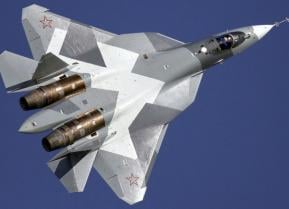The Real B-21 Raider Bomber Problem You Never Saw Coming
The B-21 Raider is poised to be the most advanced bomber ever, but the U.S. Air Force faces significant challenges in mass-producing these warplanes quickly enough to counter emerging threats.
Summary and Key Points: The B-21 Raider is poised to be the most advanced bomber ever, but the U.S. Air Force faces significant challenges in mass-producing these warplanes quickly enough to counter emerging threats.
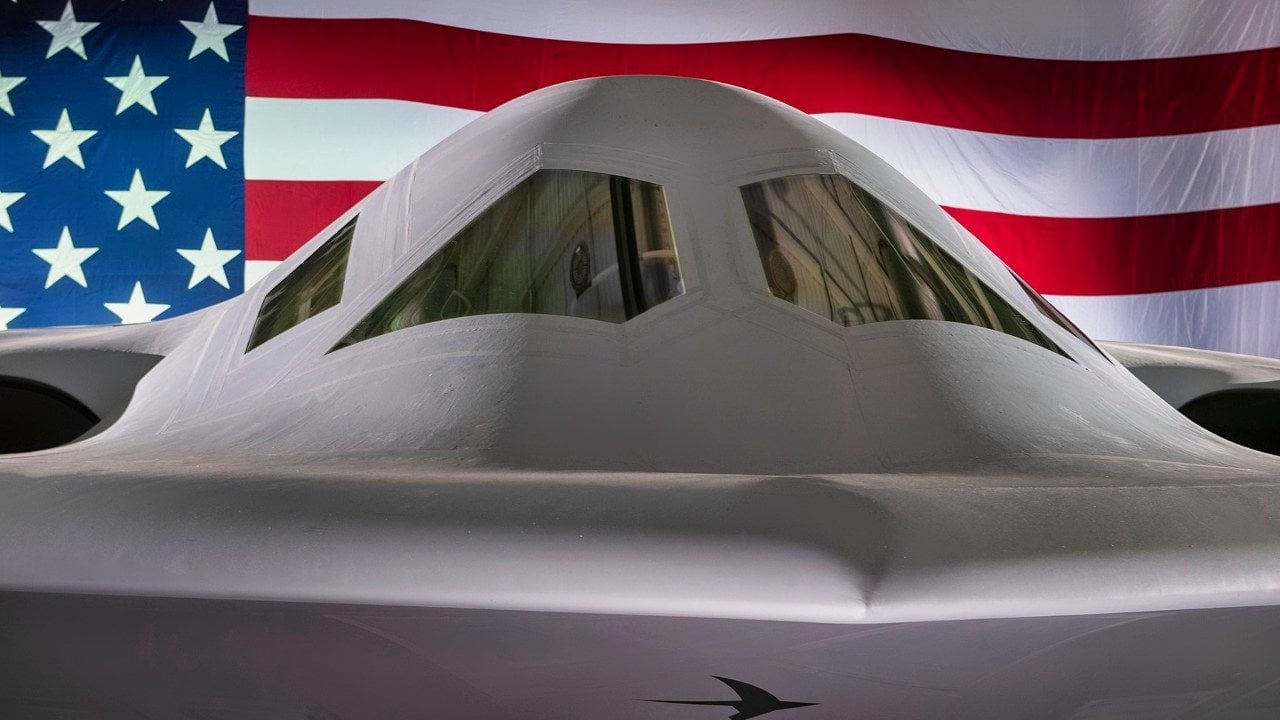
-With only one prototype flying and just 24 to 30 expected to be operational by the 2030s, the U.S. risks falling short in future conflicts, especially as adversaries like China continue to advance their military capabilities.
-To meet the goal of what many experts say should be 300 B-21 Raider Bombers, some argue the U.S. should consider involving close allies like Japan and South Korea in the manufacturing process, despite concerns over sharing sensitive technology.
Why the U.S. Needs 300 B-21 Raiders to Maintain Air Superiority
The B-21 Raider is probably the most advanced and capable bomber in the world. In fact, it might be the most capable and advanced bomber of all time. As it stands, however, there are nowhere near enough of these incredible planes to make a difference if—and when—the next great power conflict erupts.
Sadly, because of the advanced nature of these planes, coupled with America’s abysmal defense industrial base, the ability to mass produce these warbirds in any meaningful timeframe is virtually nonexistent.
Yet, the United States Air Force insists that the B-21 is the bomber of its future.
And the Air Force is insisting this at a time when vast numbers of its critical platforms are being aged out of the service. It isn’t only other bombers. We see this across the Air Force’s fleet. From the A-10 Warthog to the F-16 Falcon to even the F-22A Raptor. Planes are either being retired with an insufficient number of replacements available, or they are being retired prematurely, creating a critical gap in US air warfare capabilities.
The Air Force currently has one working B-21. A prototype that was demonstrated last Fall for the public in a rare moment of public outreach done by the folks at Plant 42 of Edwards Air Force Base. According to the Pentagon, the Air Force will have between 24 and 30 Raiders ready to fly at some point in the 2030s.
Will America’s Enemies Wait?
I’m sure America’s enemies will just wait for the US military to work out all the design issues and production woes. Already, two massive regional wars have erupted in Europe and the Middle East—with a third in the Indo-Pacific likely on the way—that could become the next world war.
Even if the world is lucky enough to stave off the calamity of a third world war in the next few years, there’s a high probability that the conflict will occur in the very early days of the 2030s, long before the US Air Force has its 24-30 B-21s. And, by then, who knows how far China’s military technology base will have progressed. Perhaps the Chinese will have created some new method for piercing the veil of stealth that protects the B-21.
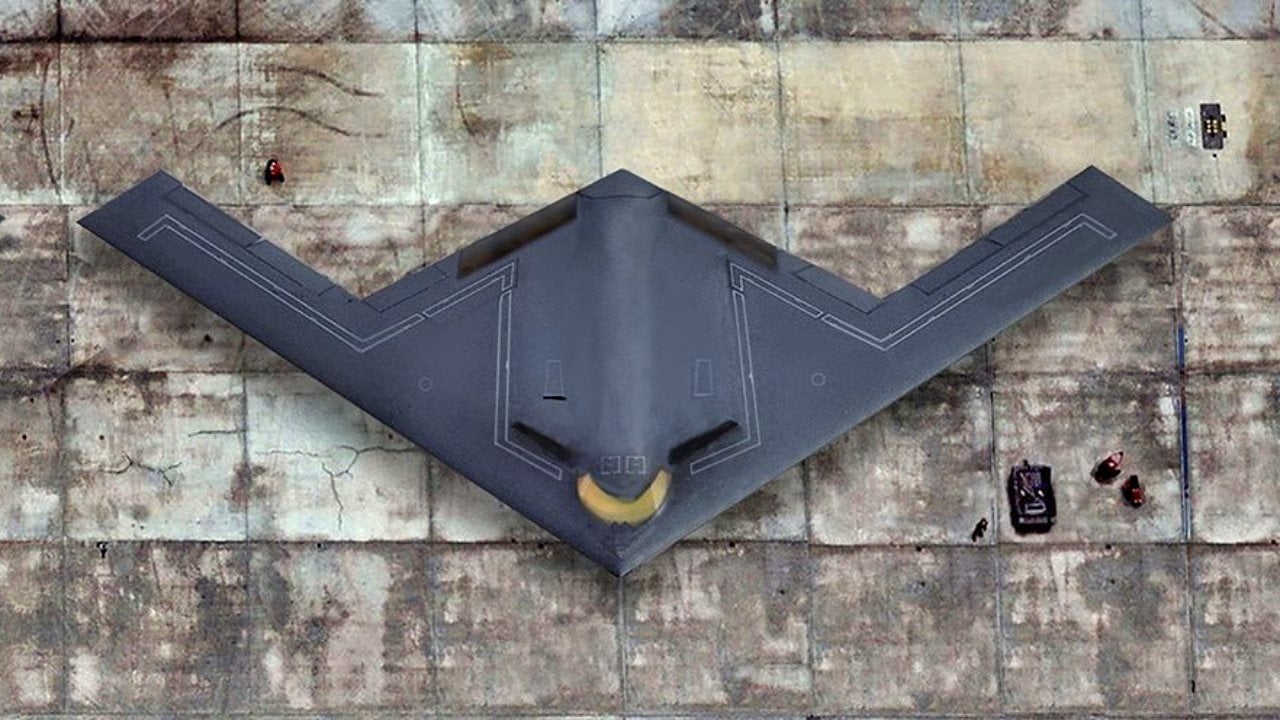
Or maybe there simply won’t be enough Raiders available to make a difference.
Come to think of it, most analysts believe that the US Air Force needs 300 of these warbirds to make them truly useful. Even if the program was given 20 years and a limitless budget, there’s no way the Air Force would ever approximate that number. So, the United States is left with yet another addition to its slowly growing wünderwaffe.
And, like previous great powers that venerated and relied upon expensive, hard to mass produce, weapons platforms, the Americans are about to find out how ineffective this strategy is—especially against galvanized great power rivals with large industrial bases and indigenous supply chains.
Twenty-four-to-thirty B-21s in the next decade will not help, let alone the solitary prototype that we are supposed to rely upon for the next few years as the world burns.
There’s no easy way out of this.
Had we spent the last decade on-shoring and revitalizing our domestic production capabilities, as former President Donald Trump wanted to do, we’d be in a fundamentally different—better—position today. But that did not occur. So, we are left in an untenable position.
Bring in the South Koreans and Japanese to Help Build the B-21 Raider
America needs this warplane.
The Air Force needs large numbers, as close to 300 as possible according to many experts, for this plane to make a real difference in defending US interests against near-peer rivals in the near future. The only way the United States can achieve such a lofty goal of 300 units of the B-21 is to jeopardize its national security secrets by allowing for allied countries, such as Japan or South Korea, to help in the production of these birds.
Together, a US-led manufacturing alliance would be able to easily achieve the target goal of 300 B-21 Raiders. Further, the US would achieve that ambitious goal in a far shorter timeframe if it included its allies in the production side of this plane.
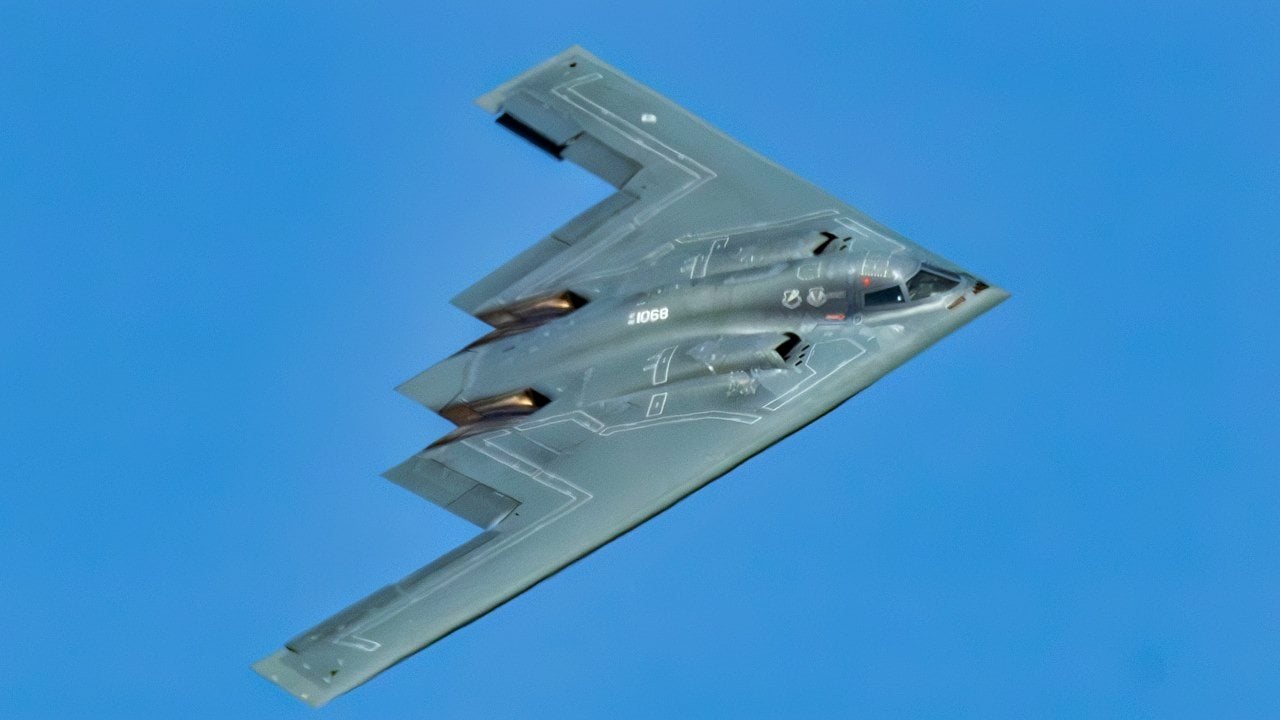
Alas, this is unlikely to ever occur. Far too many people who do not understand the level of the threat and the need for this plane today will demand that the B-21’s design features not be shared with any other nation, even some of our closest allies.
Ordinarily, I’d agree.
But if the geopolitical situation is as dire as it seems, with a likely great power war being upon us far sooner than the 2030s, replicating the F-35 Lightning II’s development plan, in which multiple allies were brought into the program to offset costs, might be the way forward.
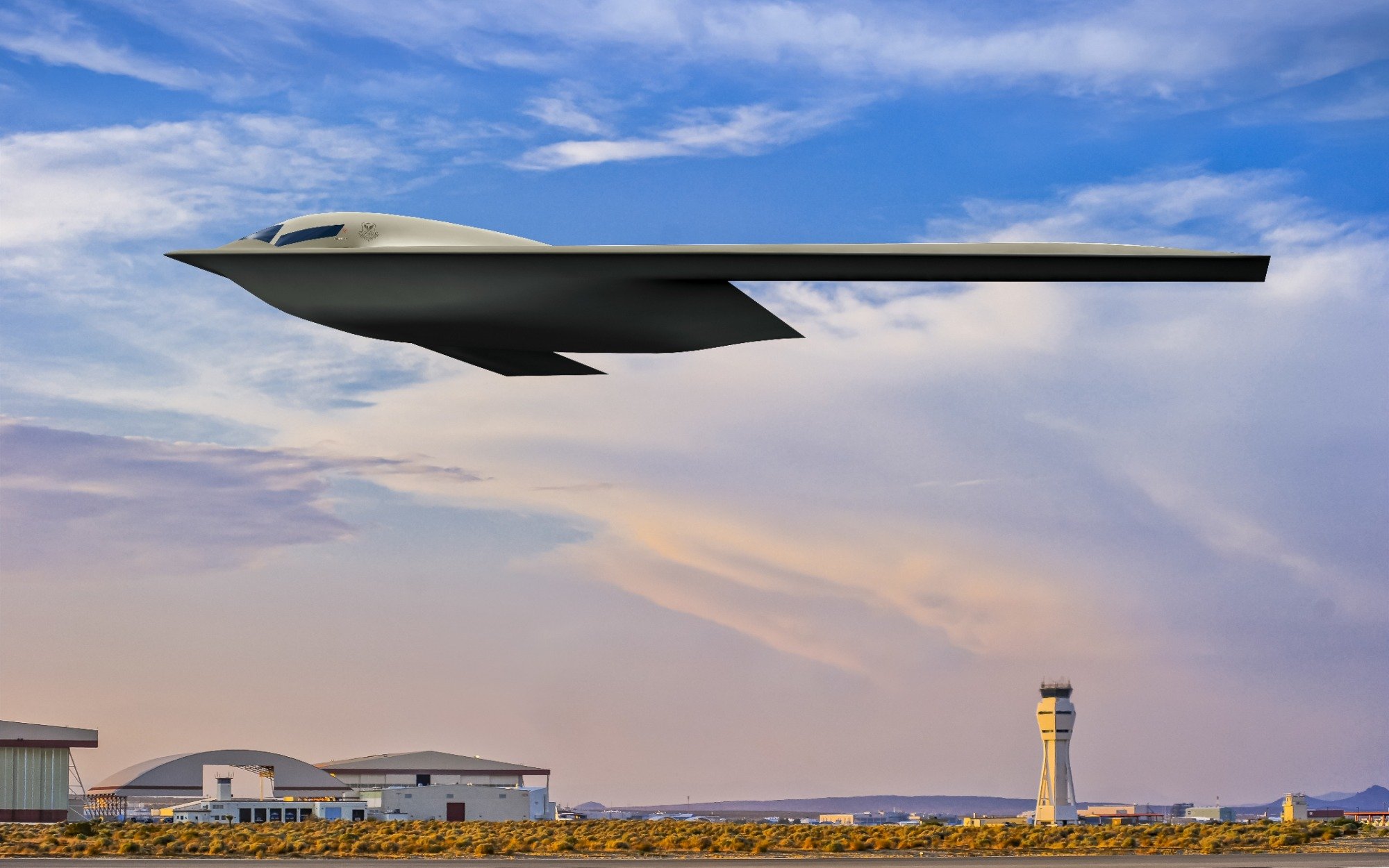
America is going to need far greater numbers of the B-21 Raider than is planned. It’s time for Washington get creative in meeting the need for 300 of these warbirds. Even if it means incorporating American allies that possess high-tech industrial bases, such as Japan and South Korea.
About the Author
Brandon J. Weichert, a National Interest national security analyst, is a former Congressional staffer and geopolitical analyst who is a contributor at The Washington Times, the Asia Times, and The-Pipeline. He is the author of Winning Space: How America Remains a Superpower, Biohacked: China’s Race to Control Life, and The Shadow War: Iran’s Quest for Supremacy. His next book, A Disaster of Our Own Making: How the West Lost Ukraine, is due October 22 from Encounter Books. Weichert can be followed via Twitter @WeTheBrandon.
All images are Creative Commons.
